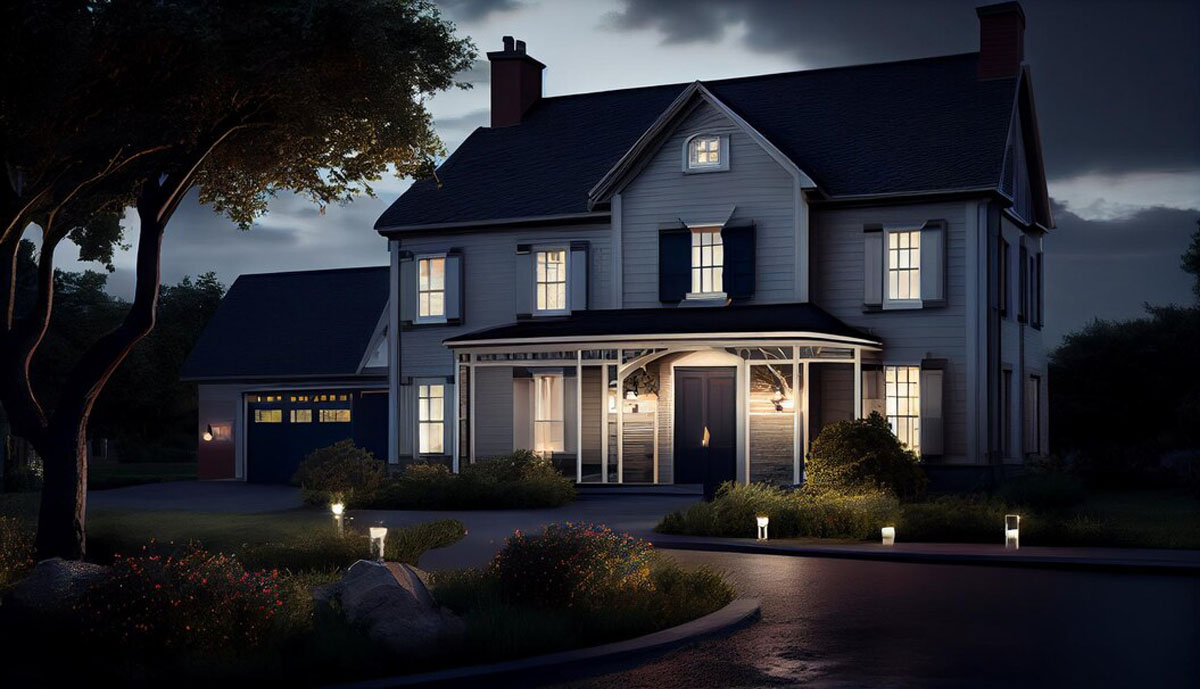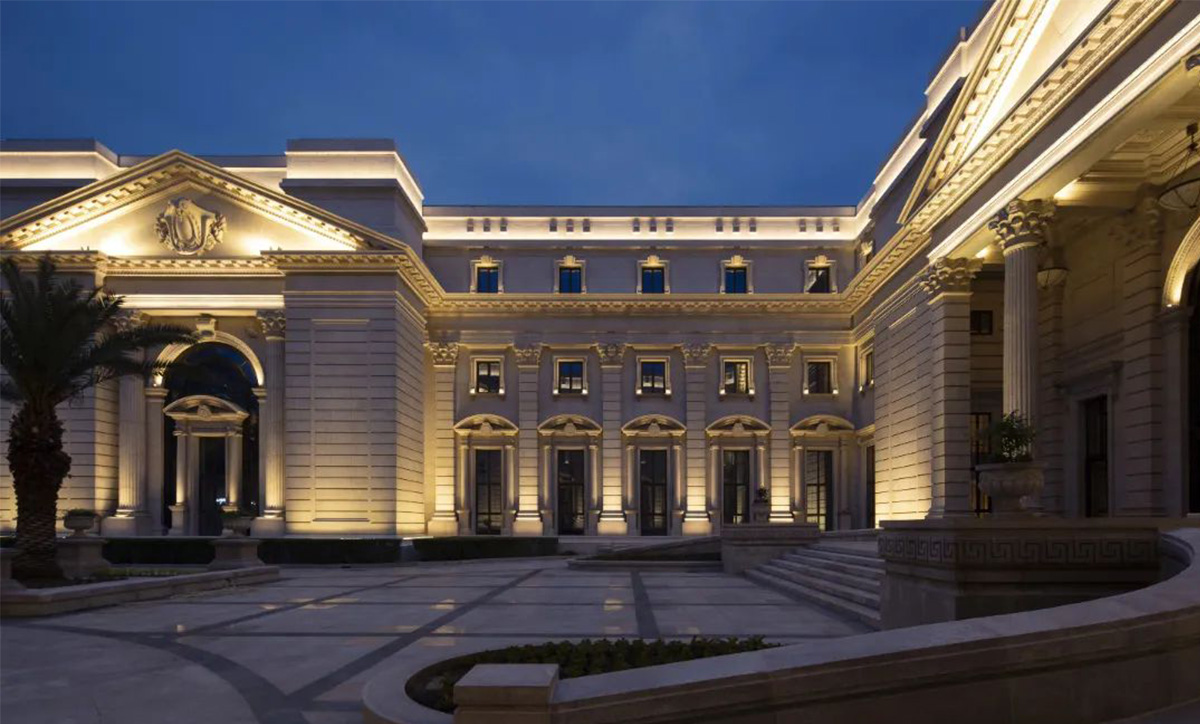Architectural Lighting Design - What Is It and Its Significance
If you've been exploring ways to enhance your space with lighting, you've probably stumbled across the phrase "architectural lighting design". But are you aware of the difference between standard lighting design and architectural lighting design, what architectural lighting design involves, and why it plays such an important role in transforming homes and businesses?
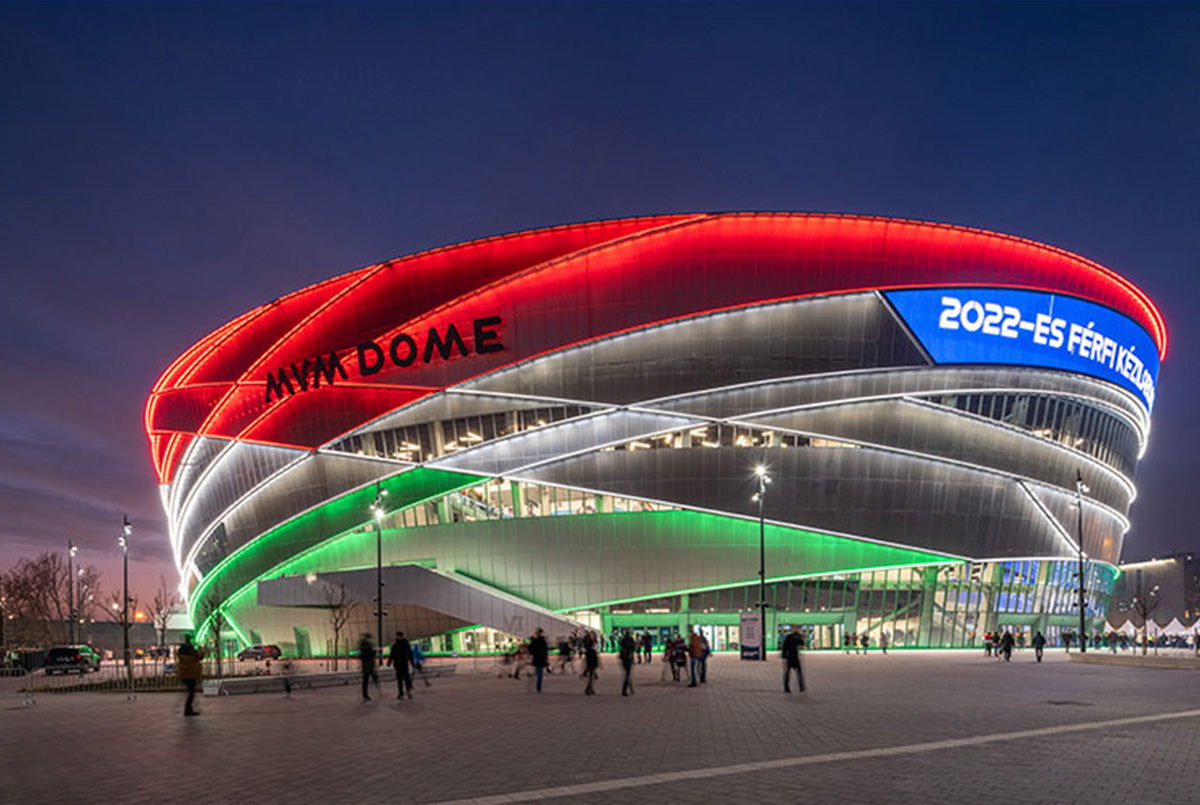
Architectural lighting design goes above and beyond standard lighting design. Let's understand this in detail below:
1. What Is Architectural Lighting Design?
Architectural lighting is the intersection of art (architecture), design and technology (lighting). Architectural lighting design serves and enhances certain architectural elements to foster, establish or emphasize a building's aesthetic, history and purpose. Architectural lighting design merges the functionality of lighting design with the aesthetics of architecture; it utilizes light as a way to highlight or emphasize a space's architecture.
Now that we've covered what architectural lighting design is, let's take a look at its significance.
2. The Importance of Architectural Lighting Design
Whether it be offices, factories, or houses, lighting puts a huge impact on the visibility and appearance of every space. Sufficient and beautiful lighting can enhance the look of a dull space. Therefore, according to the requirement of the space, it is essential to have proper exterior architectural lighting design arrangements.
Lighting can influence a person's mood and their connection to a space. Whether history, identity or values, the features of a building can tell a story. Architectural lighting can work to bring the story to life.
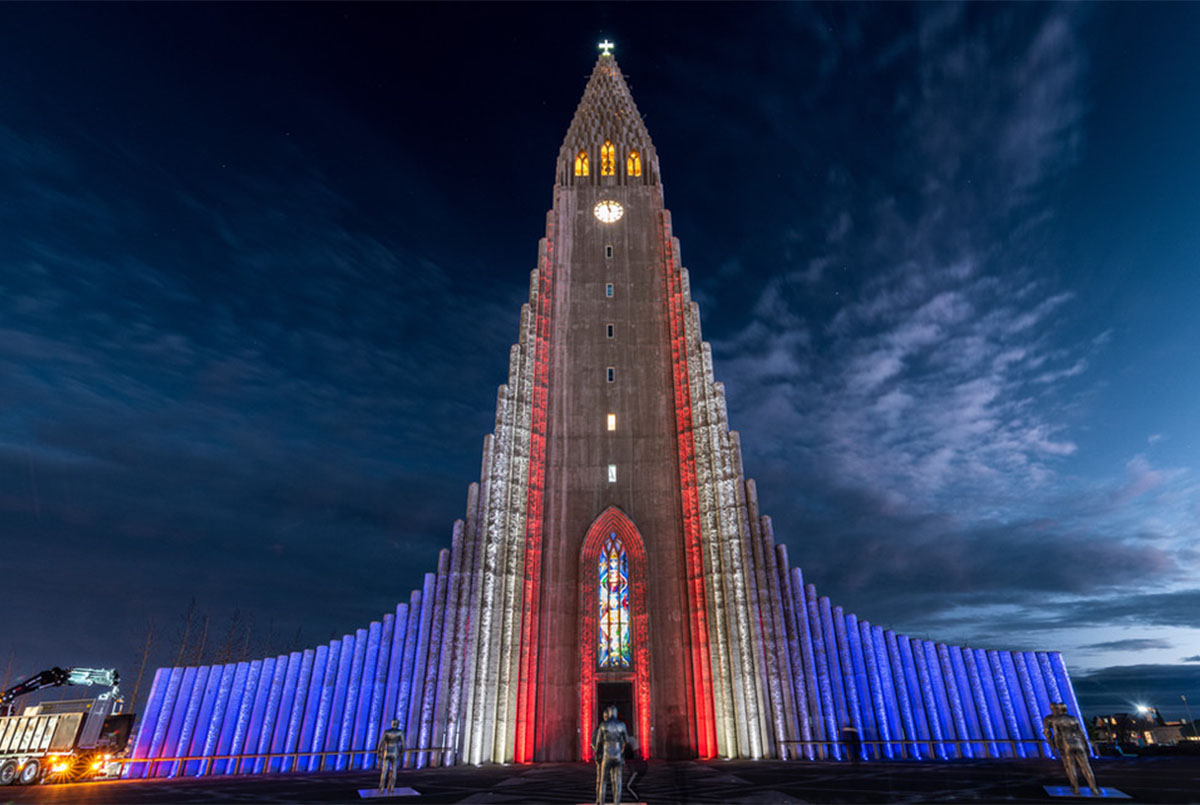
3. Advantages of Architectural Lighting Design
The intensity, color, tone, and type of lighting has a significant impact on the thinking and feeling of humans. So, each of these factors should be taken into consideration while designing commercial and domestic spaces. Here are some advantages of architecture lighting design:
3.1) Architectural lighting impacts our perceptions of depth and volume, that's the reason why a well-lit area seems larger than its actual size.
3.2) Architectural lighting can bring outdoor spaces and facades to life. From utilizing outdoor lighting design fixtures for security, dramatic effects or landscape, these lights change the way of seeing and understanding a pathway, building or any space.
3.3) Architects consider alternative sources of energy, like solar energy to make the buildings eco-friendly and energy-efficient. They use intelligent lighting solutions, such as dimmers, human-centric lights, and more to minimize the waste of energy.
3.4) In architectural lighting are used in buildings, statutes, and on plants and trees to grab attention.
3.5) Whether it be task lighting for safety or ambient string light for outdoor parties, architects need to evaluate the outdoor space requirements and use proper outdoor architectural lighting for exterior spaces.
4. Key Elements of Architectural Lighting Design
To maintain a successful balance between lighting and architecture, it's important to remember three key aspects of architectural lighting. These are as follows:
4.1) Aesthetic
This is where designers and architects focus on the emotional impact the balance of lighting and architecture will have on occupants. It's where designers determine how they want people to feel when they walk around a space. This aspect is especially important for retail locations; exterior lighting should draw the consumer in, and the interior lighting should awe them as they walk through the doors in addition to showing off product.
4.2) Function
The second aspect cannot be overlooked. We want the lighting to look a certain way, but we have to also make sure it serves its most important purpose – to help us see. Areas should be illuminated so occupants feel safe when navigating a room or entire building. They should be able to see the floor and walls around them, which should create a feeling of reassurance.
4.3) Efficiency
The final aspect is very important in today's age of green building lighting and sustainability movements. It's one thing to create a breathtaking lighting layout, but it's another to create a breathtaking layout that is also incredibly energy efficient. This can be done by assuring the majority of the light is reaching its target and there is less wasted light. Reducing the amount of wasted light will make the building more efficient.
5. Different Approaches for Architectural Lighting Design
5.1) Ambient Lighting
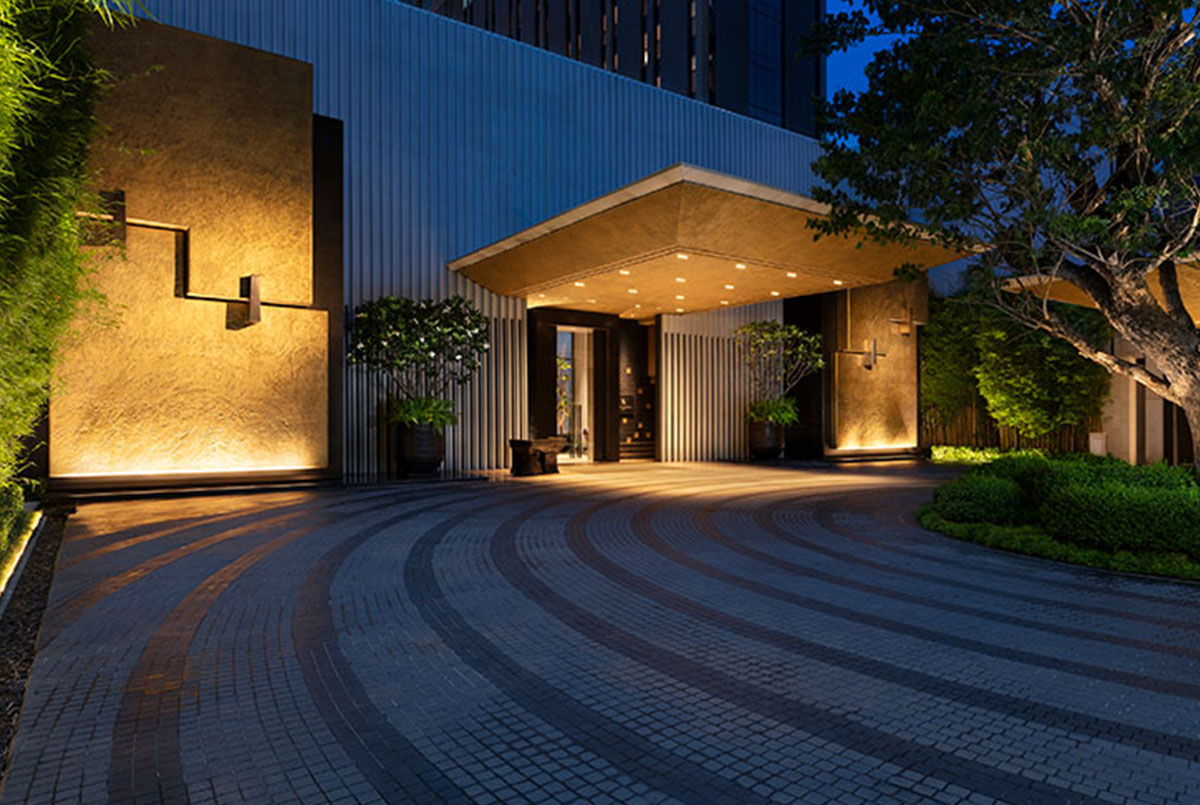
The other most used architectural lighting design technique is ambient lighting. Often considered the foundational layer of lighting, ambient lighting provides general illumination that fills a space. It sets the overall tone and mood, acting as a canvas upon which other lighting types can be layered. You can experience this through indirect sources, such as uplighting cove lights or outdoor wall lighting.
5.2) Task Lighting
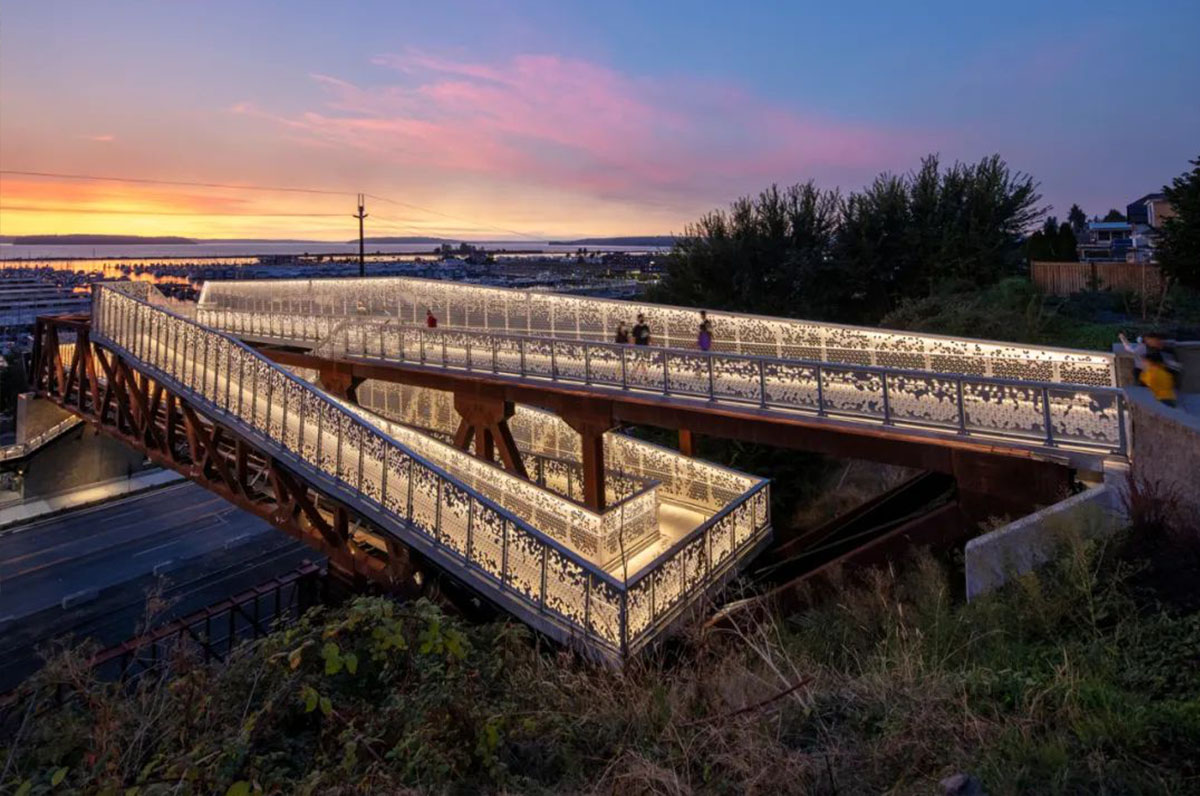
The last but not least, most popular technique that is more focused and is used for specific activities that require higher light levels, such as outdoor kitchen lighting and steps lighting of your exterior house. This type of lighting technique is mostly used with materials like glass panels, translucent fabrics, or translucent stone walls to enhance visuals and make them unique in the space.
5.3) Ancient Lighting
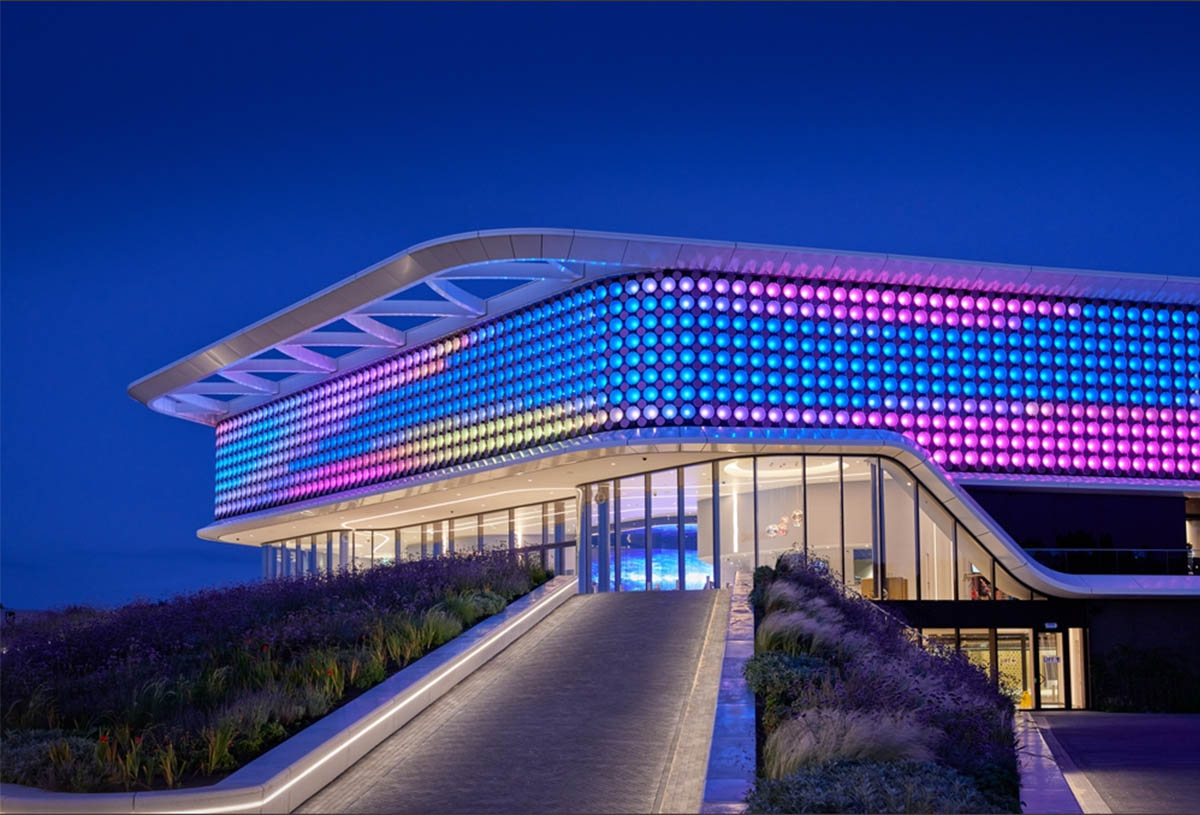
This is one of the most used techniques in architectural lighting design. This type of lighting serves a dual purpose. It not only highlights specific architectural features, artworks, or focal points but also adds drama and depth to a space, creating layers of interest and complexity. You can achieve accent light experience using various lighting fixtures, such as LED flood lights, LED pixel point lights or LED wall washers.
If you want to know how to light up building facade, feel free to check the article: "Ways To Llight Up Your Building Facade"
6. Case Study: Architectural Lighting Design
6.1) Case Study 1: The National Museum of Qatar
The National Museum of Qatar stands as a surely wonderful testimony to the art of architectural lighting fixtures design. The museum was created through the famed architect Jean Nouvel. It is evident that architectural lights have the power to turn a construction right into a masterpiece. The museum's facade was constructed using interlocking discs, which, when illuminated at night, produce a spell binding and airy shimmer. The lighting design is so lovely, and serves a purposeful goal, highlighting the museum’s state-of-art structure and directing site visitors through the distance.
As a result, the architectural lighting fixtures design has performed a large role in setting up the museum as a famous tourist destination and a distinguished landmark in Doha.
6.2) Case Study 2: The Gardens by the Bay
Another remarkable case in point of architectural lighting design is The Gardens by the Bay in Singapore. It is a 101-acre park that showcases three stunning waterfront parks, namely: Bay South, Bay East and Bay Central. The gardens contain a wide variety of plants and trees, including SuperTrees, which form a large tree-like structure. They all glow at night. The lighting for the gardens is cheerful and high quality. This makes the place magical so that people of all ages can enjoy it.
This lighting design is the main reason why The Garden by the Bay is so popular with visitors. The gardens have won awards including the International Lighting Designers Association Lighting Design Award.
7. Conclusion
Architectural lighting is a vital constituent or factor that could significantly differentiate how a room is viewed. If you're an architect and planning a big building or house, it's worth keeping in mind that light plays a fundamental part in how individuals feel immediately after they enter a space. Whether working alone or with a lighting expert, it's important to understand some ABCs about lighting.





